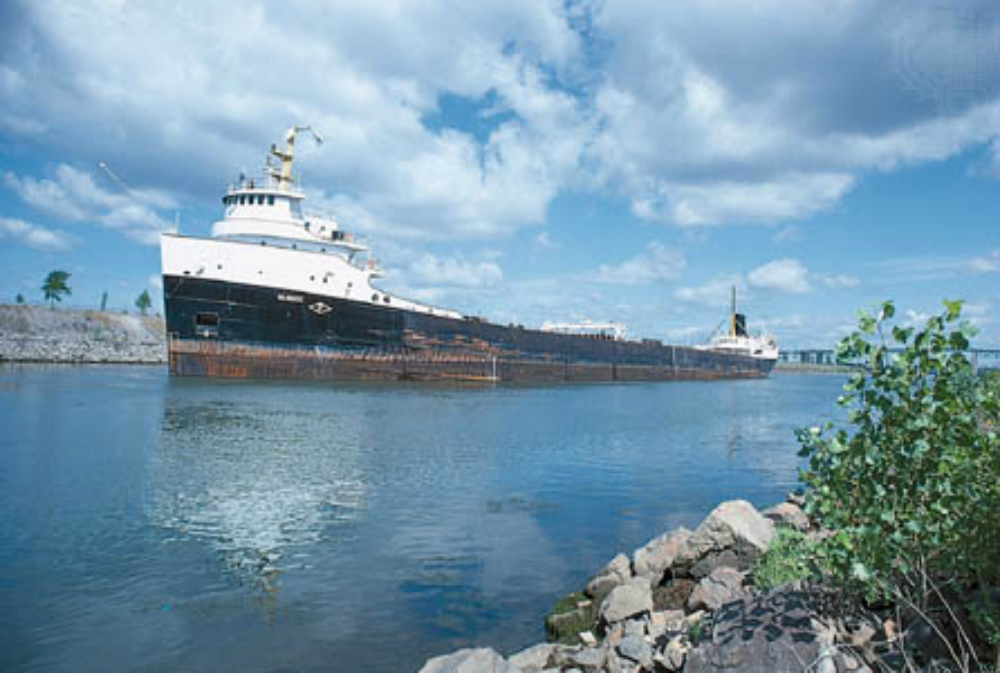CORNWALL, Ontario – The water-based highway that runs past Cornwall appears busier than ever to start the shipping season.
Grain shipments through the St. Lawrence Seaway are up seven per cent this season, continuing the pace set last year when ships carried the largest volume of grain through the navigation system in 14 years.
According to The St. Lawrence Seaway Management Corporation, grain shipments (including Canadian and U.S. grain) totaled 1.9 million metric tons from April 2 to May 31.
The Port of Thunder Bay, the largest grain port on the Great Lakes, reported that its grain shipments were off to the strongest start this season since 1997, as the major handlers continue to export the harvest from 2014. So far this season, Algoma Central Corporation’s ships have carried 50 per cent more grain, mainly from Thunder Bay to Quebec for transshipment overseas.
“Grain exports are driving shipping traffic on the St. Lawrence Seaway this season and we are optimistic that it will continue to be a strong performer this year and help to offset the decreases we are seeing in iron ore and coal due to the steep decline in global prices,” said Bruce Hodgson, director of market development for the St. Lawrence Seaway Management Corporation. “An upswing in Great Lakes manufacturing activity means we’re also expecting a good year for higher value cargoes such as wind turbines for the energy sector, steel and aluminum for the automotive industry and large factory equipment.”
Shipments of Ontario soybeans and spring wheat through the Port of Hamilton are also tracking ahead of last year.
Richardson International, Cargill, CWB Ltd., Viterra, P&H Group and ADM among others use the Great Lakes-Seaway to move grain to both domestic mills and for export to countries in Europe, the Middle East and Africa.
General cargo shipments, including steel, aluminum, wind turbines and other heavy machinery used by Great Lakes manufacturers, were also up by 5 per cent to 629,000 metric tons for the season.
The Port of Thunder Bay received 20 wind turbine components from Brazil for a wind farm near Wawa, Ontario and steel from Spain for the first time destined for construction projects in Western Canada. Next month, tug and barge company McKeil Marine will transport huge refrigeration Cold Boxes from Port Robinson on the Welland Canal to Chicago to be transferred to another barge for the trip to Calvert City, Kentucky.
Despite these star performers, year-to-date total cargo shipments via the St. Lawrence Seaway were 6.4 million metric tons, down by 7 per cent compared to 2014 due to low global prices decreasing demand for North American iron ore and coal exports. Iron ore shipments via the Seaway were down 30 per cent, while coal shipments were down 27.5 per cent compared to the same period the year before.



